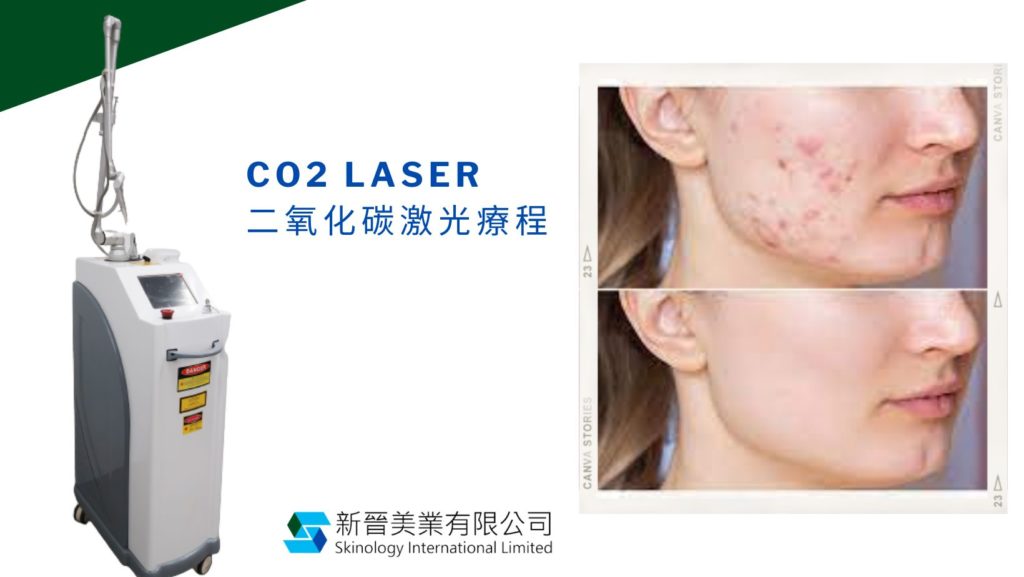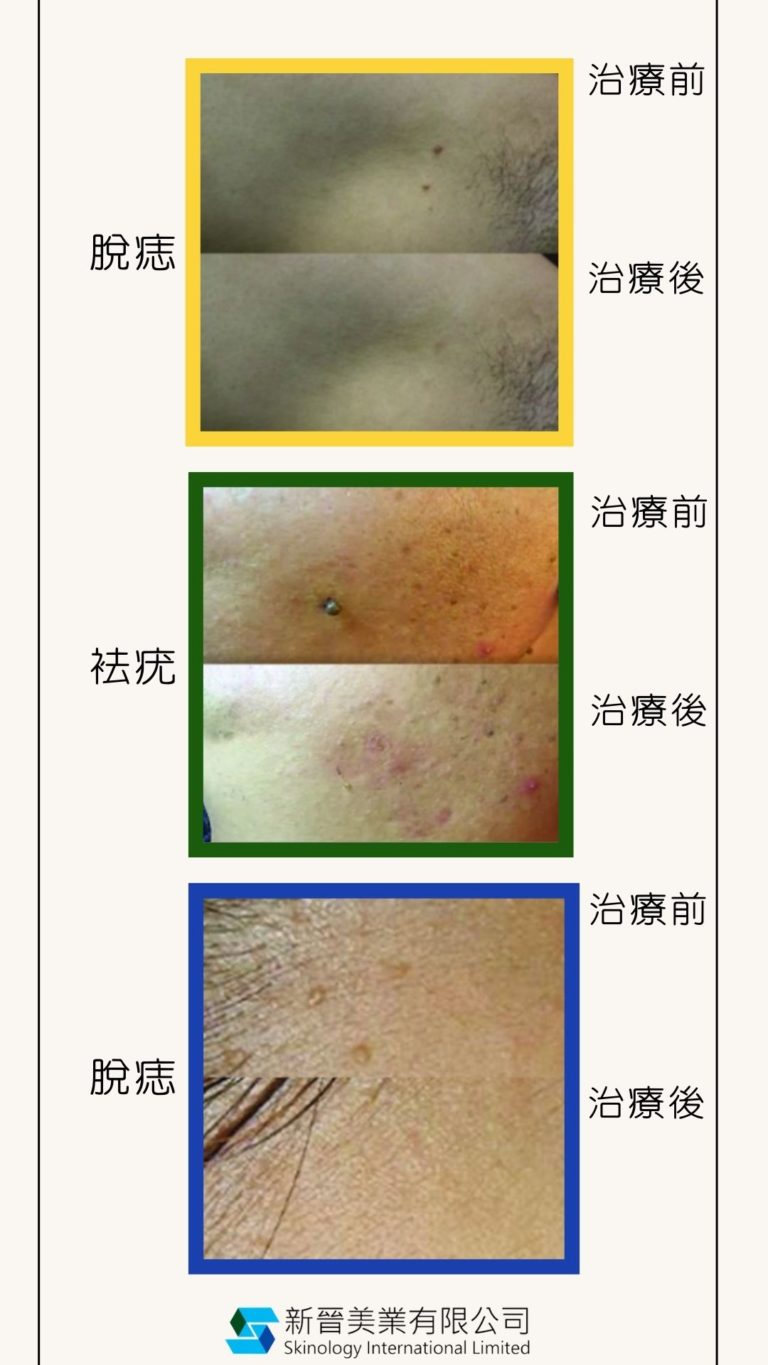
CO2 Laser Treatment
What is CO2 Laser Treatment?
Carbon dioxide(CO2)Laser Treatment mainly targets various benign skin issues, including wart removal, mole removal, nevus removal, milia extraction, and syringoma removal. When applied to the skin, the CO2 laser instantly absorbs the skin's moisture, vaporizing abnormal surface tissues, restore the skin to its original smoothness.
What happens after undergoing CO2 Laser Treatment?
CO2 Laser Treatment makes the skin red and swollen due to micro-scabbing, these micro scabs will fall off in 5-7 days, swellness will fade away in 5-14 days, these conditions happens after every treatment. After a few weeks, skin tone will improve. Depending on skin conditions, swellness or scars may take up to 4-8 weeks to recover.
How many sessions of CO2 Laser Treatment are needed to achieve results?
Generally, 1-3 CO2 Laser Treatment will improve skin condition, however, results may not always be perfect.
CO2 Laser Treatment rapidly targets skin conditions
Flat warts (Verruca plana):
Flat warts are benign skin growths caused by human papillomavirus (HPV) infection. They typically result from direct skin contact with an infected person or shared items. Individuals with skin wounds or weakened immune systems are more susceptible to infection.
Flat warts usually appear in skin-colored or light brown shades, forming small, raised, grain-like lesions with a rough texture. They commonly develop on the face and neck, though they may also appear on the body and limbs. Unlike other types of warts, flat warts tend to grow in large numbers, with some cases showing dozens to hundreds of lesions, and they may continue spreading over time.
Moles and nevus:
In common beliefs, moles and nevus are considered distinct—moles are typically smaller, flatter, and have a limited range, whereas nevus tend to be larger, more prominent, or present from birth.
Milia:
Milia are formed due to sebaceous gland blockages, primarily caused by unsuitable skincare products or improper skincare habits. They are non-contagious. Milia appear as yellowish-white, firm bumps and are commonly found around the eyes or in areas with higher oil secretion, such as the nose and nasal wings.
Syringomas:
Syringomas are composed of sweat gland cells, they are benign skin tumors primarily associated with genetics and physical conditions. They are non-contagious. Syringomas are typically skin-colored or off-white, with a dome-shaped or hill-like appearance, and they frequently develop under the eyes. Women are more prone to this skin condition than men.
- Various types of atrophic scars (surgical scars, burn scars, scald scars, acne marks/acne scars)
- Pigmentation removal (freckles, sunspots, age spots, sun-induced pigmentation, melasma, etc.).
- Reduce fine lines (forehead lines, nasolabial folds, crow’s feet, abdominal lines, stretch marks, etc.).
- Complete skin renewal (skin rejuvenation, tightening, pore refinement, nodular acne treatment).
- Vascular conditions (capillary proliferation, rosacea)
Post-treatment care
Recovery period generally takes 3-7 days
Normal areas will shed micro scabs within 3-5 days, while high-intensity laser-treated areas—such as depressed scars, moles, oil-secreting cysts, and other targeted spots—require around 5 -7 days for recovery. During this period, it is crucial to keep the skin clean.
Post-treatment, the wound will appear pink and fragile, gradually forming micro scabs. Avoid using skincare or makeup products until the micro scabs falls off. For the following two months, minimize direct sun exposure and use SPF 50 sunscreen. Once the micro scabs form, do not forcibly remove them to prevent scarring. Post-treatment, mild redness and swelling may occur—avoid touching the micro scabs.
Before-After Result

Note:
1. These groups of people should avoid undergoing treatment: Pregnant women, skin inflammation, severe chrronic illnesses such as photosensitivity disorders including Systemic Lupus Erythematosus (SLE), and individuals taking photosensitizing medications, such as vitamin A acid (retinoic acid) . Also, individuals with hypertrophic scars or keloids may not be suitable for ablative laser treatments, as they have a higher risk of excessive scar formation. (Note: If there are any concerns, it is recommended to consult a doctor before undergoing laser treatment.
2. Avoid direct contact with sunlight before and after the laser treatment, as melanin beneath the skin absorbs more laser energy, increases the risk of adverse reactions, such as skin burns and post-inflammatory hyperpigmentation.
3. During laser treatment, if the patient experiences severe pain, intense burning sensations, blisters, or significant redness and swelling occur, the treatment should be stopped immediately.
4.Post-treatment, proper sun protection is crucial to reduce the risk of pigmentation. E.g. wearing sunhats, suncreen to reduce the risk of skin pigmentation.
5. Post-treatment, mild redness and swelling are normal after treatment. Pigmented areas may form micro scabs, which will gradually fall off within a week. Do not scratch or forcefully remove micro scabs to avoid scarring. It is advisable to apply anti-inflammatory ointment as directed by a doctor.
6. Post-treatment, avoid consuming spicy foods. Spicy foods may cause vasodilatation, making the skin more prone to itching.
